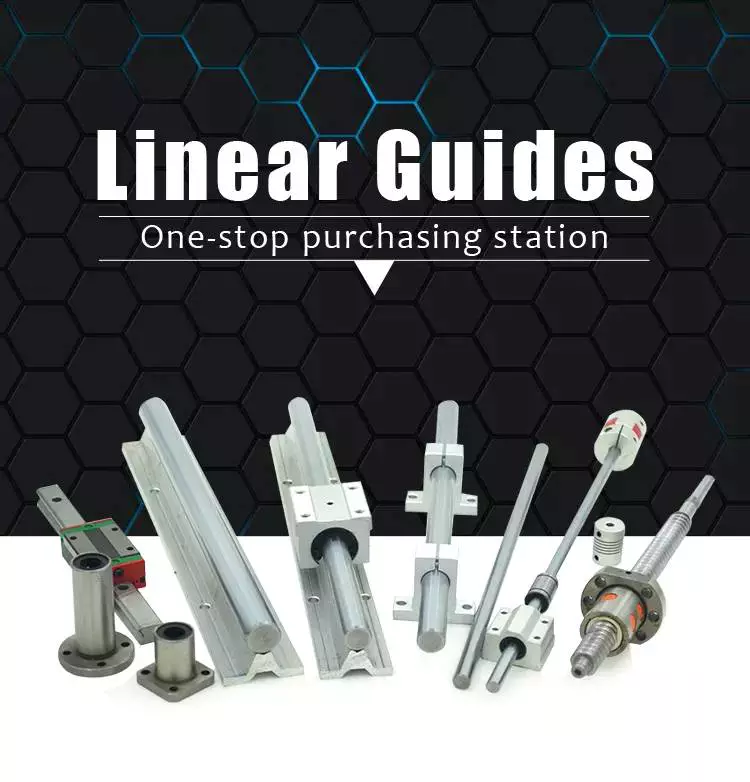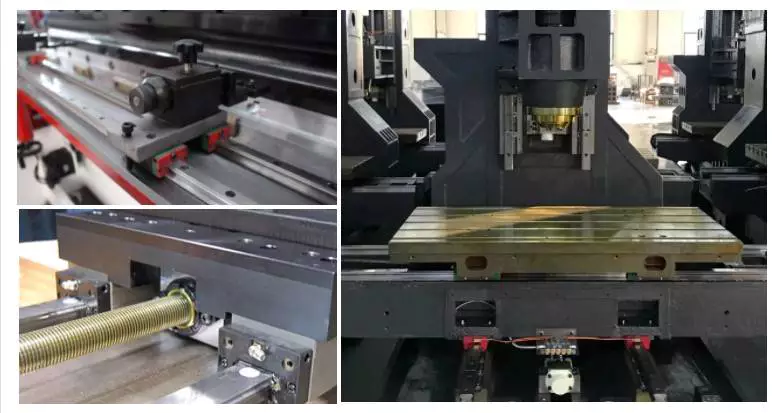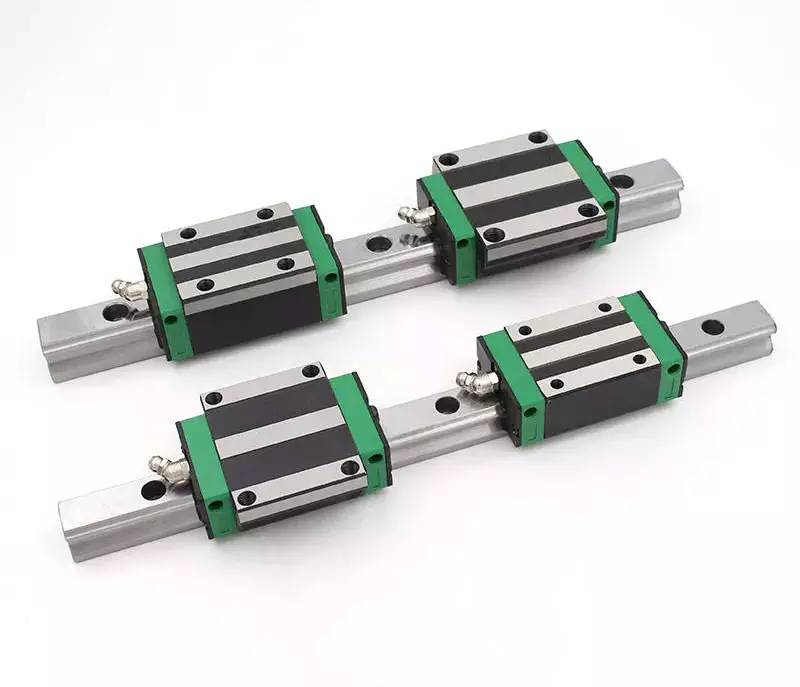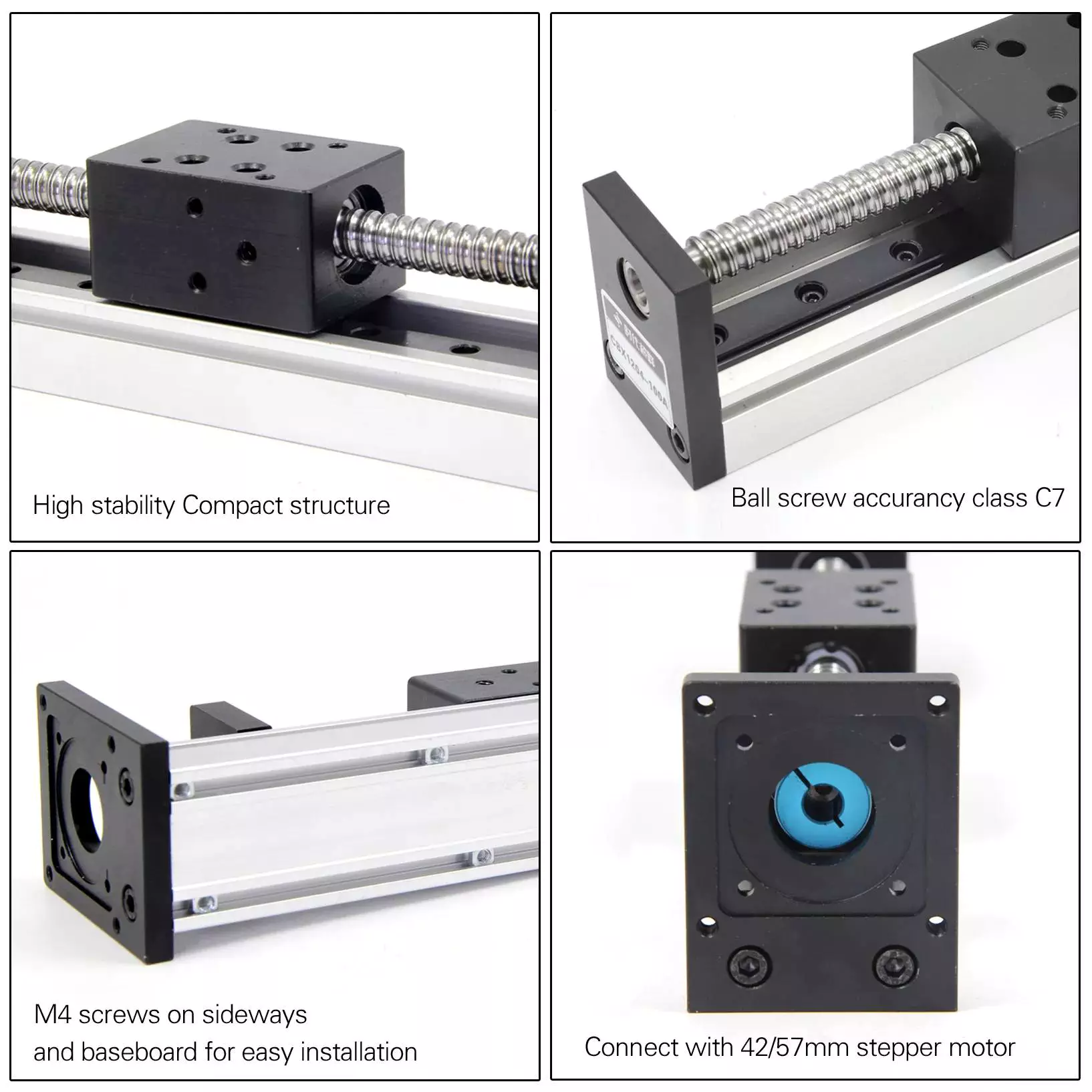Application: LASER CUTTING
Applicable Material: Acrylic, Glass, Leather, MDF, Paper, Plastic, Plexiglax, Plywood, Rubber, Stone, Wood
Condition: New
Laser Type: CO2
Cutting Area: 1300*900mm
Cutting Speed: 600mm/s
Graphic Format Supported: AI, BMP, Dst, Dwg, DXF, DXP, LAS, PLT
Cutting Thickness: 0-30mm
CNC or Not: Yes
Cooling Mode: WATER COOLING
Control Software: Ruida
Laser Source Brand: RECI
Servo Motor Brand: Leadshine
Xihu (West Lake) Dis.rail Brand: HIWIN
Weight (KG): 360 KG
Key Selling Points: High-accuracy
Warranty: 2 Year
Applicable Industries: Hotels, Garment Shops, Building Material Shops, Manufacturing Plant, Machinery Repair Shops, Food & Beverage Factory, Farms, Restaurant, Home Use, Retail, Food Shop, Printing Shops, Construction works , Energy & Mining, Food & Beverage Shops, Advertising Company
Machinery Test Report: Provided
Video outgoing-inspection: Provided
Warranty of core components: 2 years
Core Components: Motor, Gear
Mode of Operation: Pulsed
Configuration: gantry type
Products handled: Sheet Metal and Tube
Feature: Automated Loading
Product name: C02 Laser Engraving Cutting Machine
Laser tube: ZheJiang RECI
Control system: CZPT RD6442
Cooling system: Industrial Water Chiller
Transmission: CZPT Linear Rail Steel Wire Copier Parts plasma cutter, syntec cnc controller.

Choosing the Right Type of Linear Rail for Your 3D Printer
Using a linear rail in your 3D printer is a common way to provide support for the bed, but there are some drawbacks to using this type of rail. Learn about the different types of rail and how to select the best one for your project.
Square rail
Choosing the right linear rail can bring significant advantages in cost, durability and performance. Choosing the right rail type is a key step before deciding on the overall design. Choosing the correct type will depend on your application’s requirements. The selection process involves learning from past mistakes and defining the system’s objectives. Choosing the right rail isn’t unlike choosing other components for a machine.
Unlike round rail, square rails require a flat mounting surface. Moreover, square rails can’t span gaps. The rails must be aligned perfectly to achieve the desired parallelism. Square rails also need to be lubricated properly.
Square rails are used for applications that require high load capacity. Square rails are typically used for machine tool applications. They have a greater load capacity than round rails. They can handle heavy loads and moment loads. They provide high precision and accuracy. They also have more surface contact than round rails.
Generally, square rails are more expensive than round rails. Square rails are also more prone to debris. They also need tighter parallelism than round rails. Square rails also need a straight continuous support.
Square rails have higher load capacity and precision. However, they have higher maintenance costs. Square rails also need to be installed carefully. They can be prone to misapplication. Misapplication can happen due to miscalculation or personal bias. Choosing the right rail type isn’t always the right solution for your application. It’s always best to start with preliminary calculations before deciding.
Round rails are generally faster to install. They also allow for greater ranges in rail height. They can also handle imperfect parallelism. However, they also have lower load capacity. They require more parts than square rails.
They can be installed vertically or horizontally. They are also available in different sizes. CZPT provides bearing blocks in different seals. Their bearing blocks can be purchased in long, normal or short block versions. CZPT’s long block versions have a self-lubricating option.
Round rails are more forgiving than square rails. They have less tendency to pull up. They are also less prone to deflection.
CZPT(r) T
Whether you are working in the manufacturing, automotive, pharmaceutical, or food industry, CZPT (r) T linear rail assemblies can be configured for your application. These rail assemblies are manufactured from lightweight aluminum and can be customized to your specifications. They are designed to replace recirculating ball bearings, eliminating messy oil, grease, and downtime. You can download CZPT (r) T linear rail assemblies as CAD files to facilitate customization.
There are two main types of CZPT (r) T linear rails. The T-shaped design is manufactured from hard-anodized aluminum. These linear guides are designed to be lightweight, easy to install, and durable. They are perfect for applications where speed is critical.
For more than 50 years, Sealstrip has been manufacturing packaging solutions with its patented package reclosure device. In its heyday, metal bearings were the standard for package reclosure, but they proved to be expensive and often required frequent maintenance. Fortunately, CZPT (r) T linear guide systems are a better option. They are oil free, corrosion resistant, and come with a number of functional and design features that rival metal bearings.
CZPT (r) T linear rails are easy to install and maintain, so you can focus on the task at hand. Their design is efficient, allowing for the smoothest, most precise motion. CZPT (r) T rail assemblies are also available in stainless steel, making them ideal for applications in harsh environments. These bearings have a unique split adapter that makes installation easy. They are compatible with standard ball bearings. They can carry heavy loads up to 800 pounds.
In addition to CZPT (r) T linear rails, CZPT (r) family of products includes CZPT (r) R linear plain bearings, CZPT (r) S anodized aluminum shafting, and CZPT (r) slide tables. All CZPT (r) products are designed to meet your motion control component needs. They are available from 28,000 stock items. You can also order energy chain systems and chainflex continuous flex cables. These linear guides are designed to help you get the most from your manufacturing equipment. They are the ideal way to replace recirculating ball bearings.
liding contact guides
Generally, linear guides are composed of guide rails, slide bodies and bearing inserts. These systems are widely used in different applications. They are designed to reduce friction, increase power efficiency and increase overall efficiency of units. The guide can be made of steel or aluminum. The slide can be plain surface bearing or a rolling-element bearing. These types of slides have a low frictional resistance, and can be used in high speed applications.
Sliding contact guides on linear rails have sliding contact along the entire length of the rail. The sliding contact is made by a rolling-element bearing, such as a ball, roller or cam roller. Linear bearing slides can be lubricated with grease, oil or vacuum lubricant. The use of linear bearing slides helps to minimize operating temperatures and improves overall efficiency of units.
These guides are used in applications with high precision. They are a good option in applications with limited space requirements. They also provide increased load capacity while reducing the size of the unit.
The present invention provides an alternative to the prior art linear guides. It consists of a linear guide with a replaceable bearing element. This element is removable from the slider without replacing the slide body. It also eliminates the need to replace roller elements in the bearing mechanism.
The sliding contact guides on linear rails are ideal for applications with high accuracy. They are especially useful in high speed applications. They can help grippers pick up objects more accurately. They can also be used for industrial sliding doors. They are also used in a variety of robotics applications.
The sliding contact guides on linear rails can be used in a wide range of applications, from precision machinery to computer numerical control machines. They are available in different sizes and configurations, including the MINISCALE PLUS series. They can be used in vacuum conditions of up to 10-7 mbar. They are ideal for applications requiring high accuracy and reduced power consumption.
They are available in a wide range of sizes, including 7 mm to 15 mm wide. They also have travel distances of up to 42 mm. The dynamic load capacity ranges from 207 to 1109 N. They also offer accelerations of up to 50 m/s.
Drawbacks of “traditional” linear rail in a 3D printer build
Using linear rails in a 3D printer build can increase print quality, but there are also drawbacks. There are some advantages to using linear rails, but you’ll also need to consider the cost and complexity of using them.
A traditional linear rail is a rectangular piece of steel with two dovetails along each side. It’s used to mount the carriage to the printer, and it is designed to provide smoother motion than a linear rod. Despite this, a rail can also be curved, which can create problems when printing.
Another disadvantage is that a single linear rail is more expensive than two linear rods, and it requires a physical frame for mounting. However, it can save you the cost of buying two rods and can also create a unique aesthetic for your 3D printer. Another advantage is that you can anchor the rail for greater rigidity and load-bearing capacity. You’ll also need to make sure that your rails are properly lubricated for a long life. If they aren’t, you’ll likely experience problems with print quality.
The drawbacks of using a linear rail in a 3D printer build aren’t that serious, but they’re still something to consider. If you have the budget, you may want to invest in a more capable printer, rather than in a linear rail. Also, remember that the stiffer your rails are, the less backlash you’ll experience. You’ll also avoid ringing artifacts, which will make your prints look less smooth. Regardless of the type of rail you use, it’s important to make sure that you mount it correctly.

editor by Cx 2023-07-13


